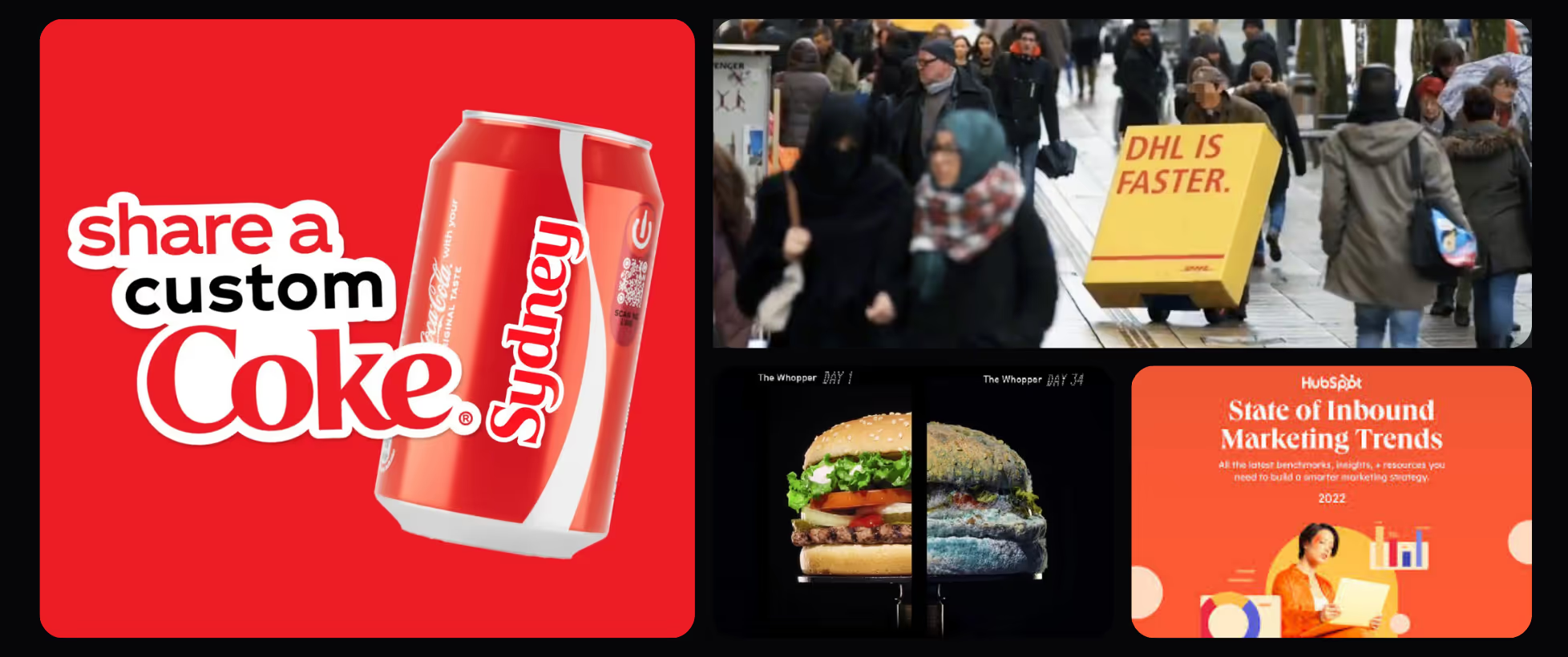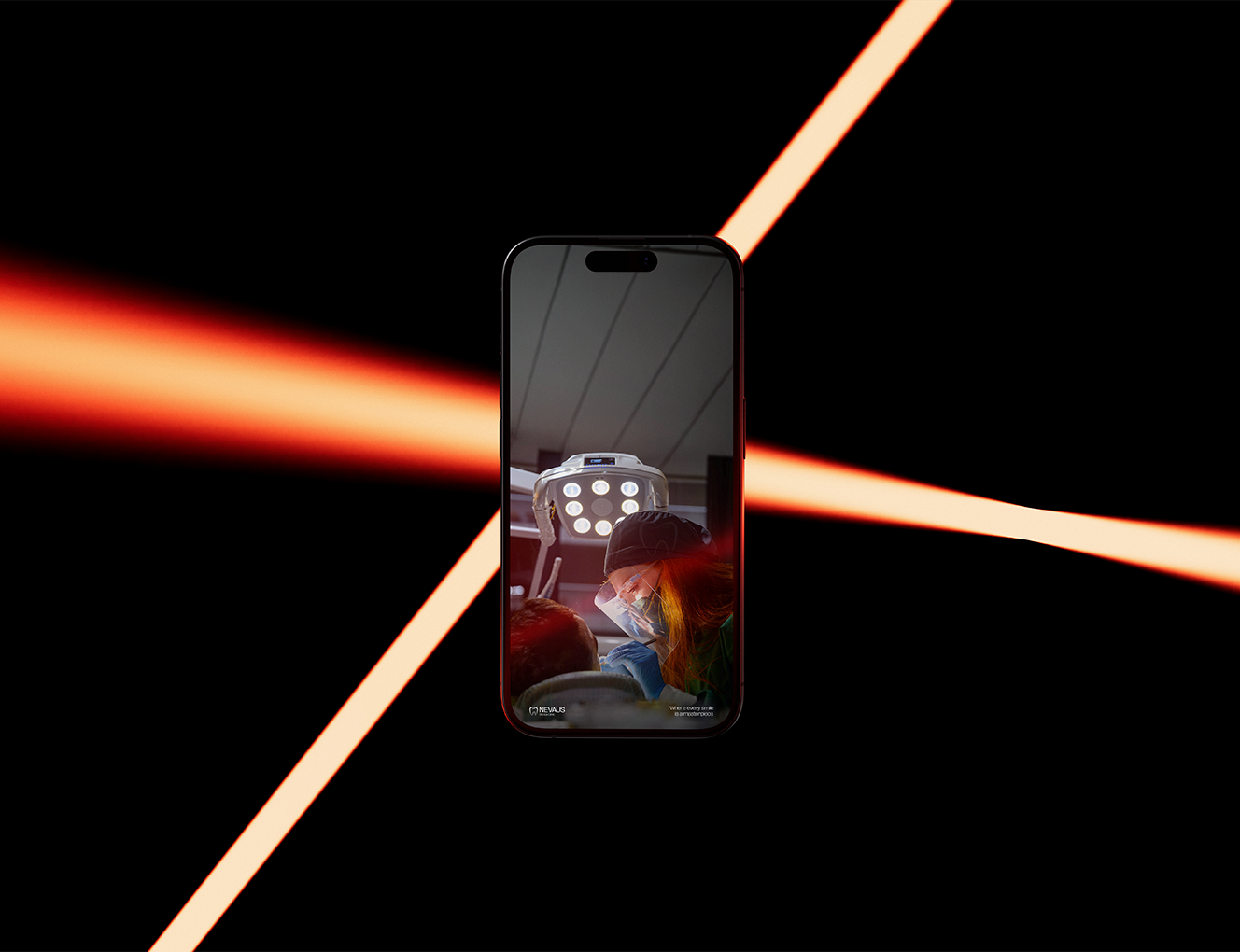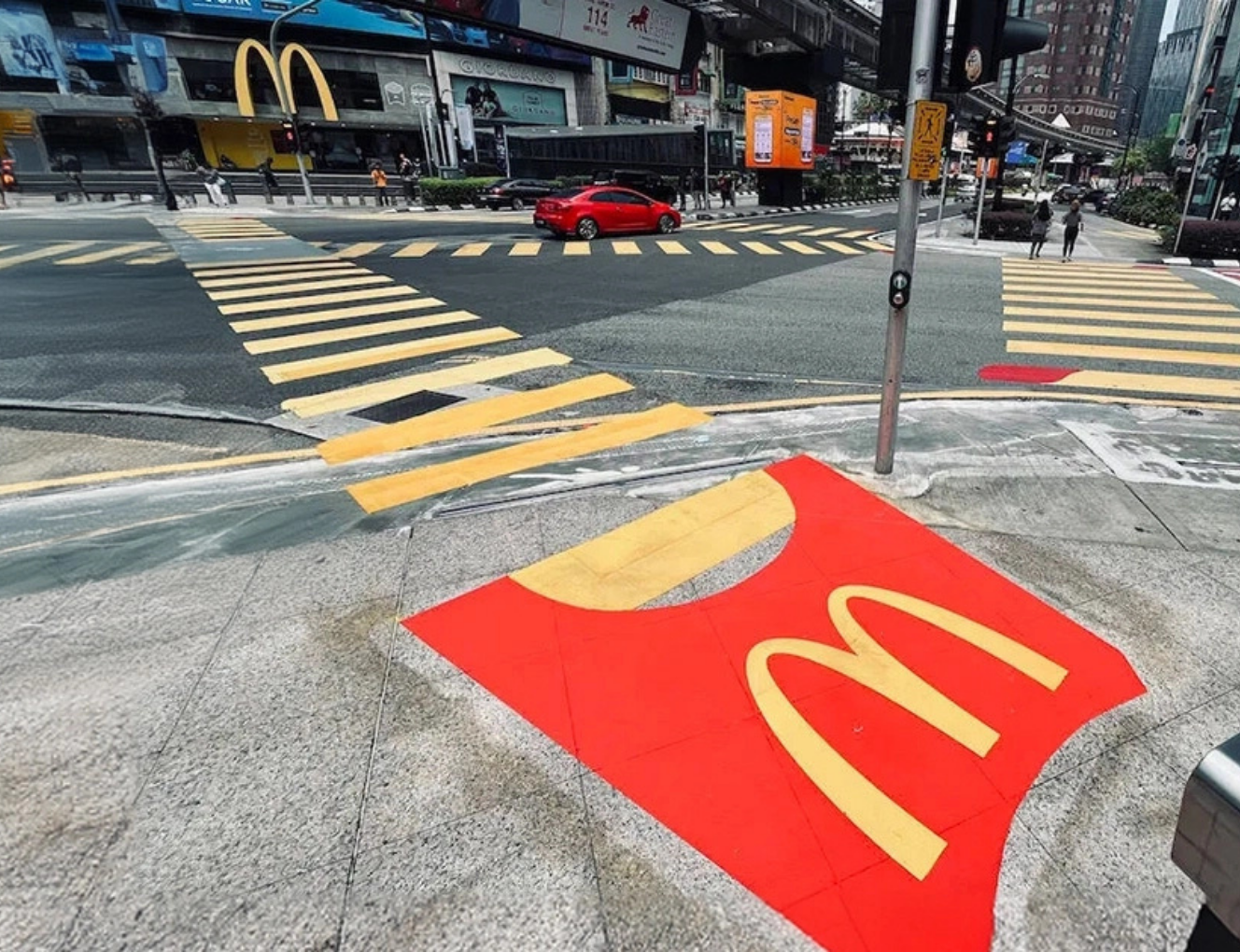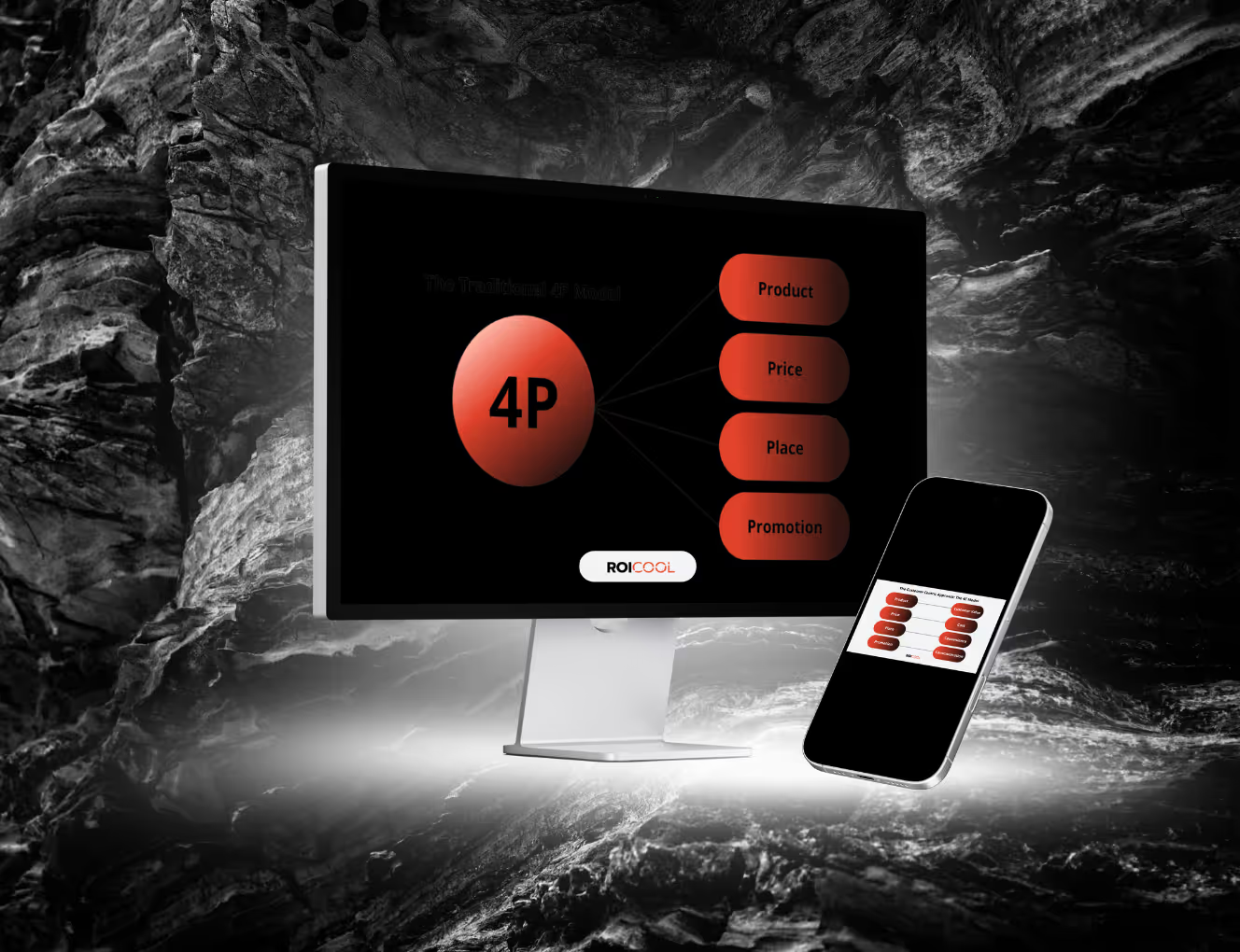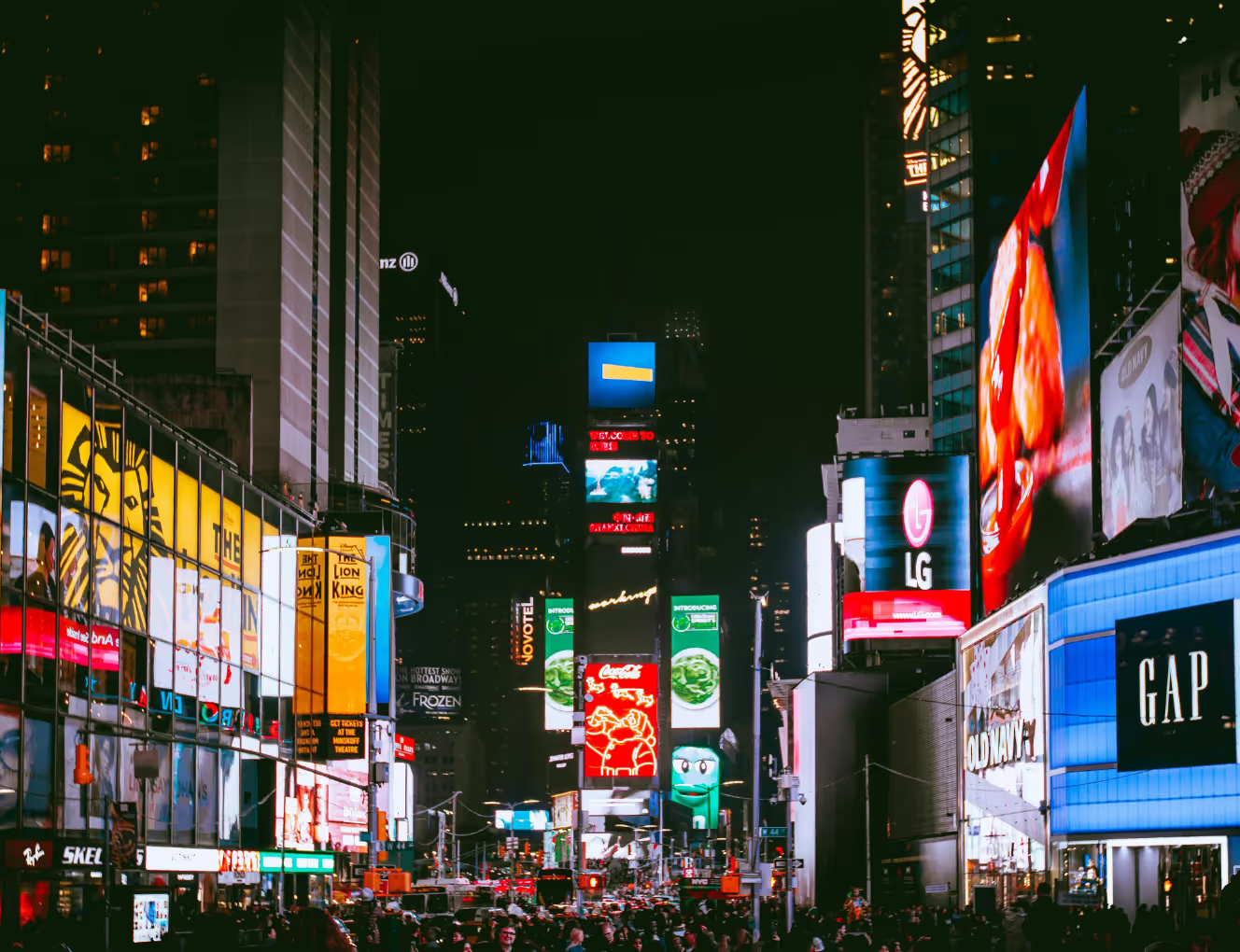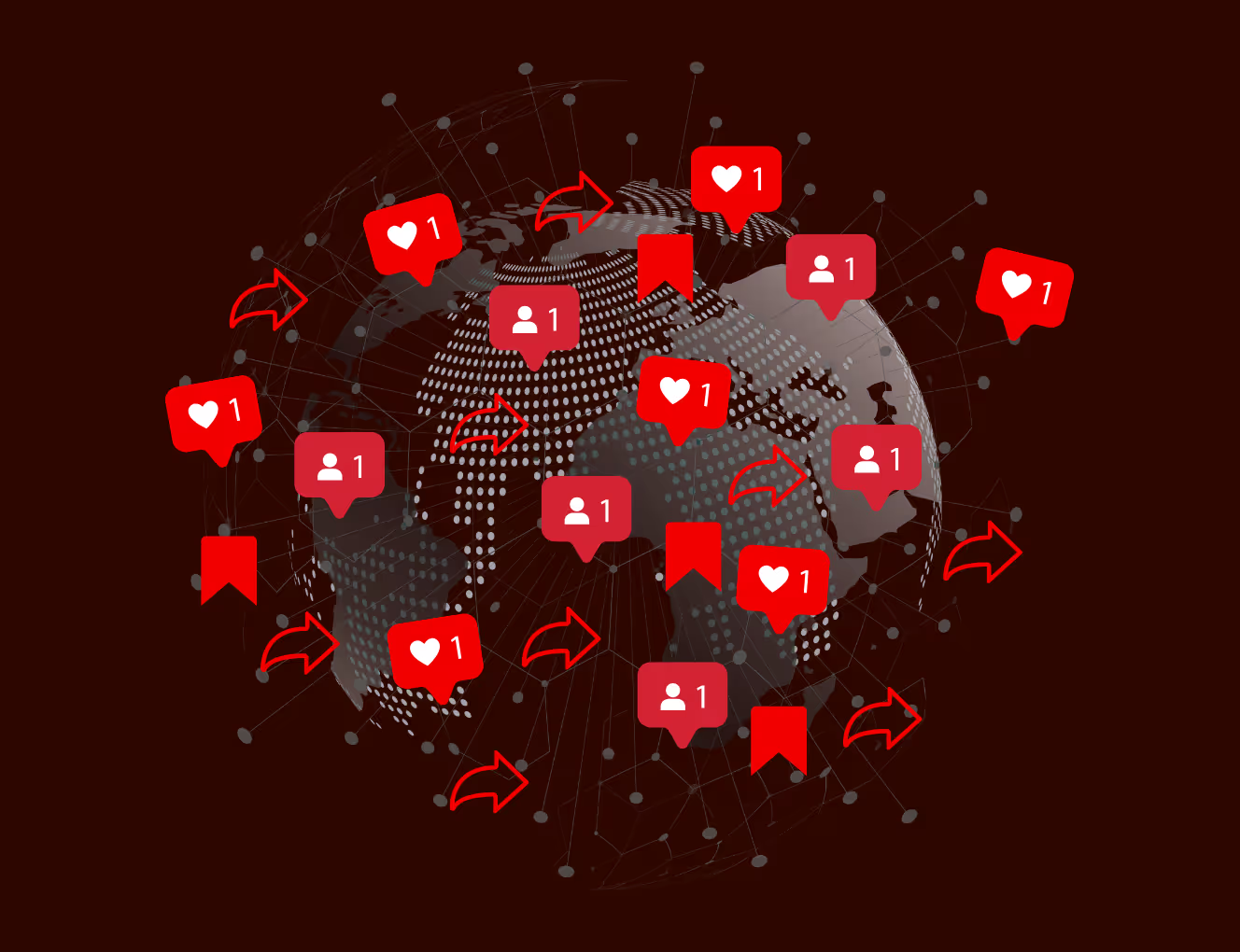In the modern business world, a brand's reputation is one of its most valuable assets. It's the culmination of every public interaction, every news story, and every customer review. A PR campaign, or public relations campaign, is a deliberate and strategic effort to manage and shape this reputation. Unlike advertising, which pays for media space, a PR campaign works to earn positive media coverage, build credibility, and foster a long-term, trusting relationship with the public.
This guide will provide a comprehensive overview of what a PR campaign is, its core components, and the steps to build a successful one. We'll also examine some of the most famous and effective PR campaigns in recent history to understand the power of a great brand story.
The Core Elements of a Successful PR Campaign
A successful PR campaign is not a random act of promotion; it's a carefully orchestrated effort with several key elements.
1. Clear, Measurable Goals
Every campaign must have a clear objective. Are you launching a new product, managing a crisis, or boosting brand awareness? Your goals should be SMART: Specific, Measurable, Achievable, Relevant, and Time-bound. For example, a goal might be "to secure five media placements in industry-leading publications within six months."
2. A Compelling Brand Narrative
At the heart of every great PR campaign is a powerful story. This story should resonate with your target audience and be compelling enough to capture the media's attention. A good narrative is not just about your product; it's about your brand's values, mission, and the impact you want to make.
3. Defined Target Audience and Channels
You need to know who you're talking to and where to find them. Identifying your target audience—be it journalists, consumers, or investors—is crucial. Based on your audience, you can choose the most effective channels, which can include traditional media (TV, print) and digital marketing channels like social media, blogs, and online news outlets.
4. Strategic Content and Media Relations
A PR campaign relies on creating content that is newsworthy. This includes writing press releases, developing media kits, and building strong relationships with journalists. A key part of the process is proactive media relations, where you build rapport with reporters to increase the likelihood of them covering your story.
PR Campaign vs. Advertising: The Key Difference
It's a common mistake to confuse a PR campaign with an advertising campaign. The fundamental difference lies in trust and control.
- PR (Public Relations): Aims to build trust and credibility. The media coverage you receive is "earned media" because you don't pay for it. The content is filtered through a third party (a journalist or an editor), which makes it more trustworthy to the public. You have less control over the final message, but the credibility is much higher.
- Advertising: Aims to drive sales and immediate action. This is "paid media" where you purchase ad space. You have complete control over the message, visuals, and placement, but the public knows you paid for it, which can reduce its perceived authenticity.
The most effective marketing strategies use both a PR campaign to build trust and advertising to drive sales, with each channel amplifying the other.
Famous PR Campaign Examples That Made an Impact
Looking at successful PR campaigns can provide invaluable insights. These examples demonstrate how a powerful story can transcend a product and create a global movement.
1. Burger King – “Moldy Whopper”
In 2020, Burger King launched this bold campaign to highlight the issue of preservatives in the fast-food industry. The campaign featured a series of time-lapse videos and billboards showing a Whopper decaying over 34 days. The goal was to transparently demonstrate that the Whopper contained no artificial preservatives, colors, or flavors. Although the strategy initially seemed nauseating and risky, it resonated with audiences for its honesty and courage. The campaign went viral on social media, strengthened the brand’s commitment to natural ingredients, and won multiple awards.

IKEA – “Sleepover in Store”
IKEA turned a lighthearted Facebook request into an attention-grabbing PR campaign. Users jokingly commented about wanting to “sleep in an IKEA store,” and the brand made it happen by hosting a real sleepover experience. Participants had the chance to test IKEA’s beds and products firsthand. This event fostered a fun and authentic connection with customers, positioning IKEA not just as a furniture retailer but as a community-driven brand that creates experiences. The campaign attracted significant media attention, enhancing the brand’s reputation and customer loyalty.

Coca-Cola – “Share a Coke” Campaign
Coca-Cola launched a powerful personalization campaign by printing popular names on its bottles. This project encouraged consumers to connect with the brand on an individual level, search for their names, and share the experience on social media. Coca-Cola’s creative approach transformed an ordinary product into a personal experience. The campaign boosted brand visibility, strengthened consumer loyalty, and built a strong emotional bond with its audience.
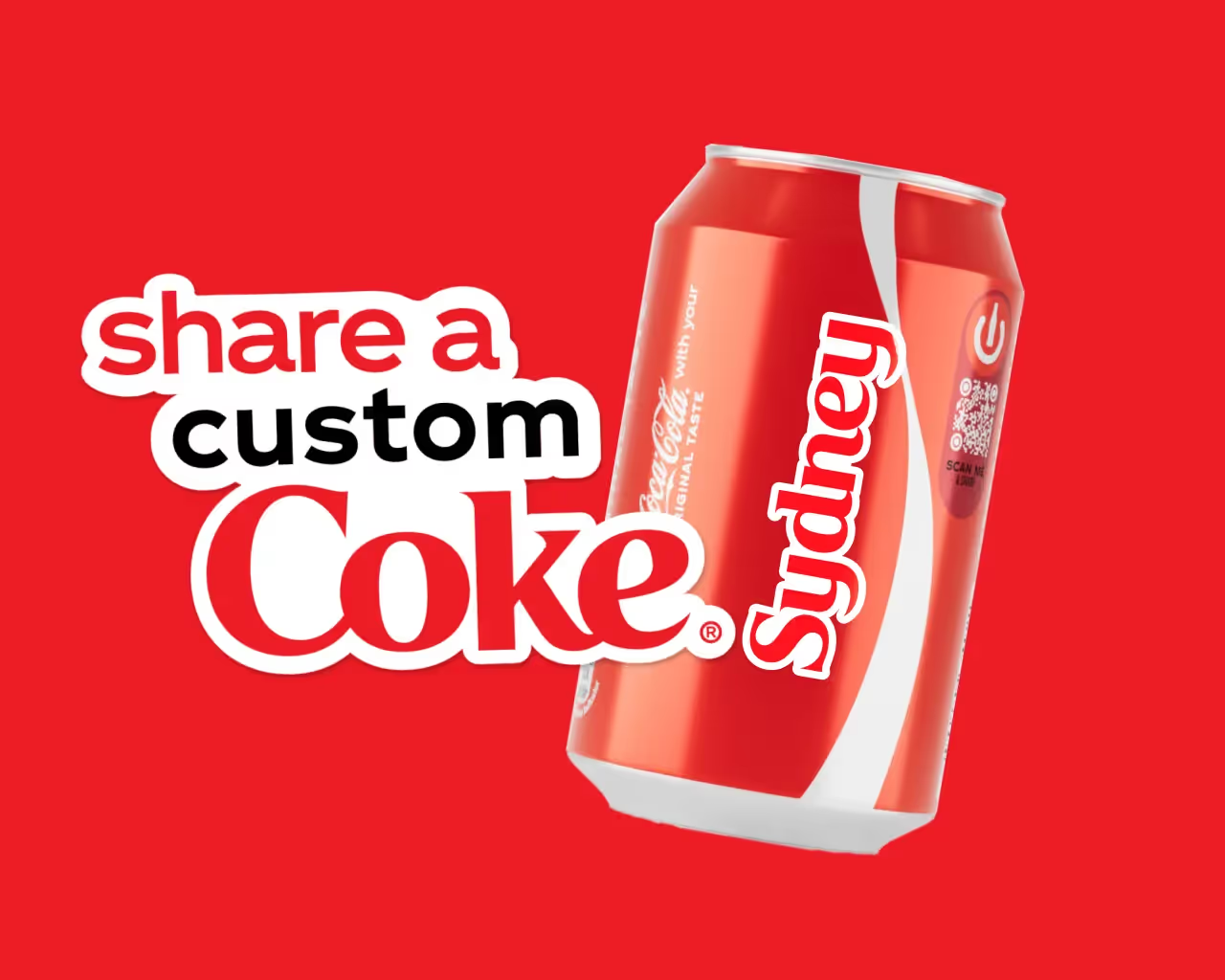
HubSpot – State of Inbound Report
Marketing and sales software company HubSpot showcased the power of content-driven PR through its annual “State of Inbound Report.” The report shares marketing trends, data analysis, and industry insights, positioning HubSpot as a thought leader and authority in its field. This free and valuable resource is widely referenced by journalists, bloggers, and industry professionals, allowing HubSpot to reach large audiences without advertising spend. As a result, the company is recognized as a trusted source of expertise.

DHL – “Trojan Mailing” (Guerrilla PR)
DHL executed a witty and clever guerrilla PR campaign that humorously exposed the shortcomings of its competitors. The company prepared a package with cooling gel that looked like a thermal box and shipped it through a rival courier to test delivery times. The box was marked with cheeky messages such as “No matter how long the delivery takes, this package will stay cool.” Once the cooling gel burst during transit, the DHL logo was revealed on the package. This inventive stunt highlighted DHL’s speed and reliability, went viral, and became a memorable success in creative PR.

Conclusion
A successful PR campaign is a powerful tool for building a lasting brand legacy. By crafting a compelling story, engaging with the media, and connecting with your audience on a human level, you can earn media coverage, build trust, and set your brand apart from the competition. While a great product is essential, it's a great narrative—amplified by a well-executed PR campaign—that truly captures the public's imagination.
